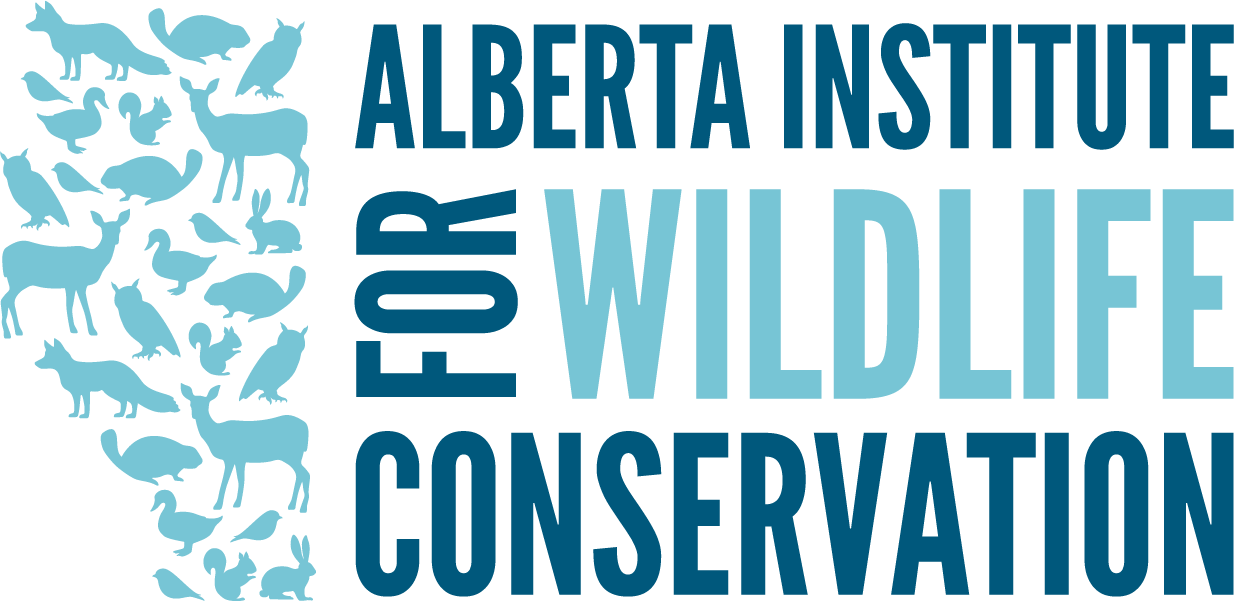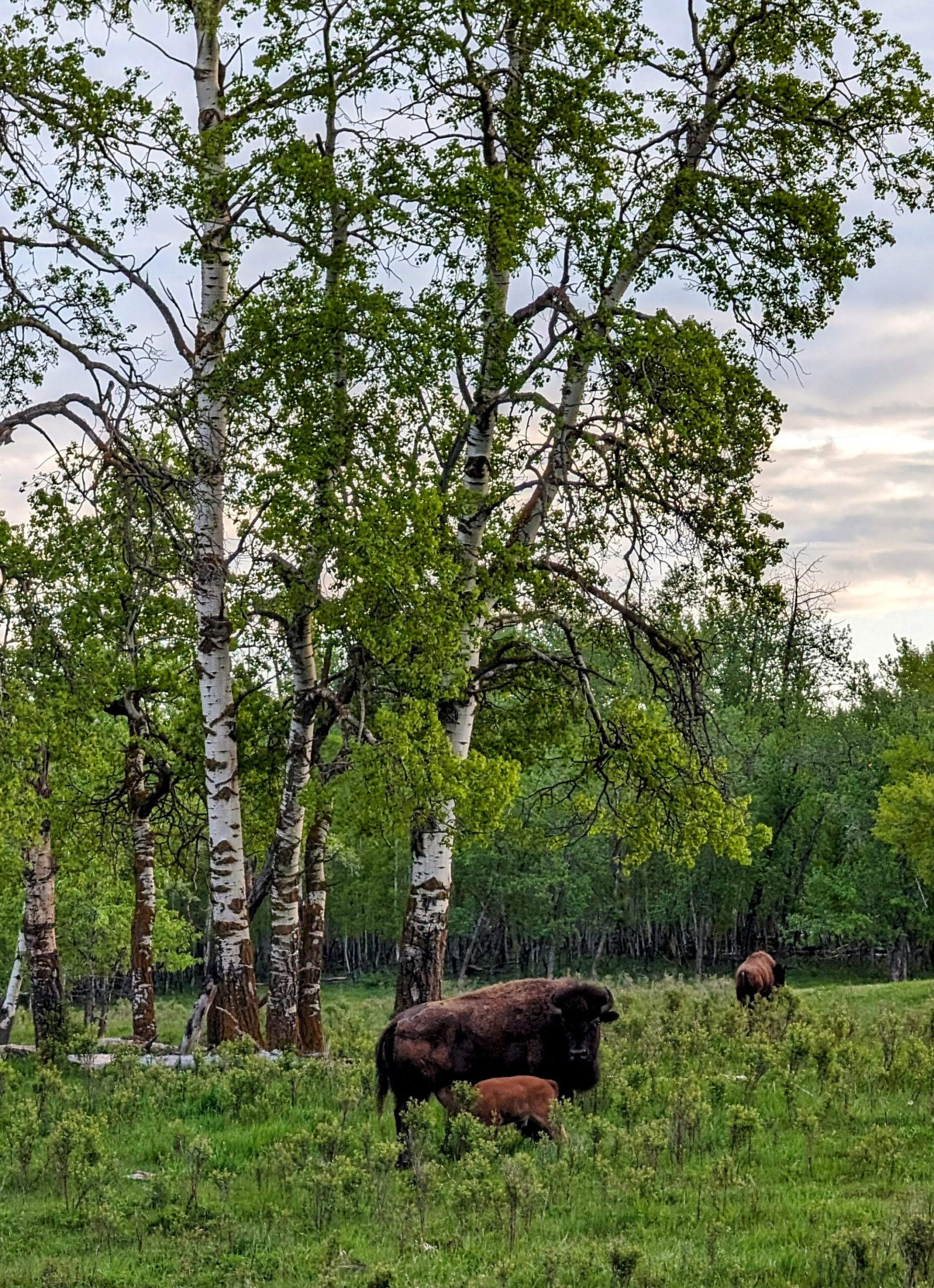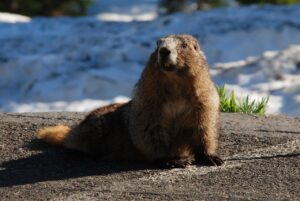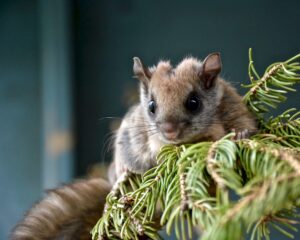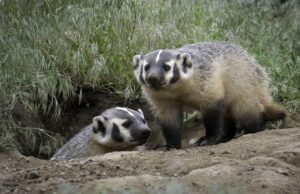By Natalia Galan
In the heart of Alberta, the bison, both plains and wood bison, are more than just iconic symbols of the Canadian West. They are vital ecological engineers, shaping the province’s diverse landscapes and benefiting a multitude of species.¹ Their natural behaviors, from roaming the grasslands to navigating boreal forests, have profound impacts on Alberta’s ecosystems.
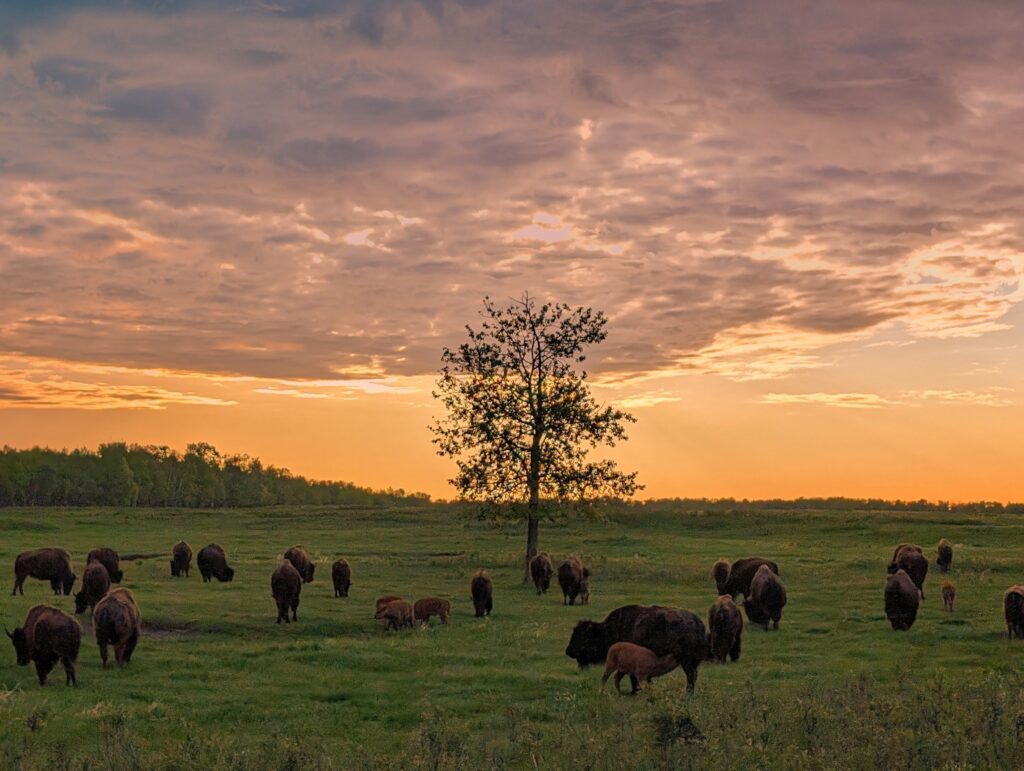
Revitalizing Alberta's Soils
Bison play a crucial role in maintaining the health of Alberta’s soils. Their heavy hooves naturally aerate the land, breaking up compacted earth and allowing vital air and water to pass through. This is particularly important in Alberta’s grasslands, where soils can become dense and less able to absorb water.
Furthermore, bison are natural fertilizers. Their nutrient-rich droppings enrich Alberta’s soils, encouraging the growth of native grasses and pollinator plant species.² This natural fertilization is essential for maintaining the productivity and diversity of Alberta’s plant communities, from the rolling plains of the south to the fringes of the boreal forest.
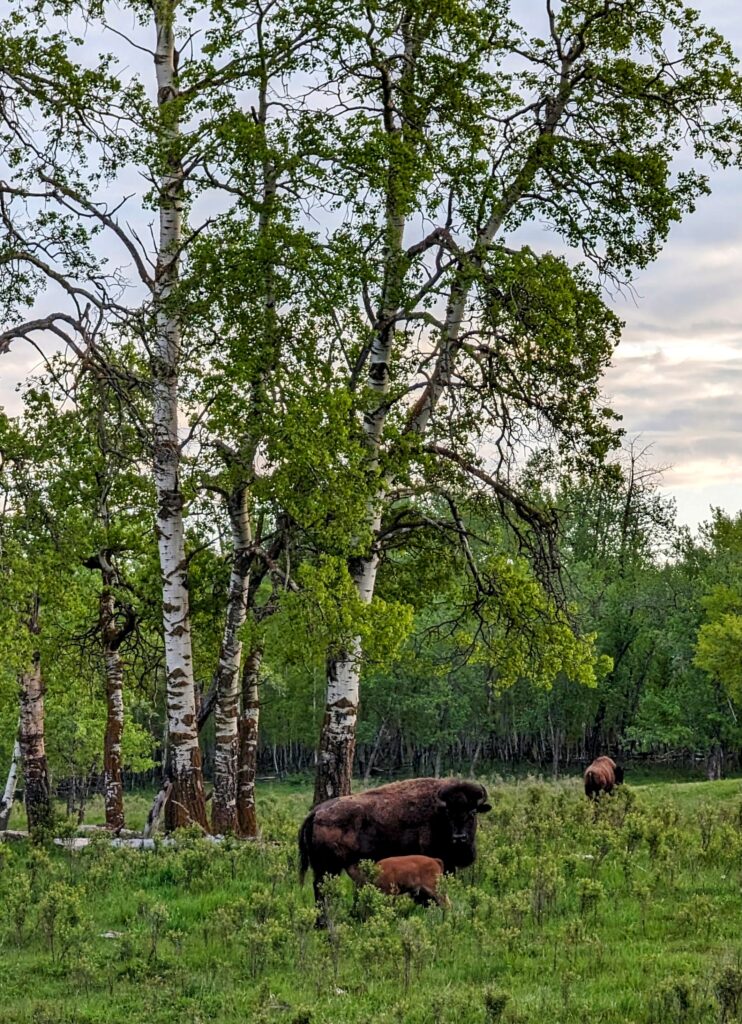
Creating Habitats Through Wallowing
The distinctive wallowing behavior of bison is a key ecological function in Alberta. The heavy giants take dust baths that create wide indents in the dirt. These dust baths not only help bison manage bothersome insects and parasites, but also create unique microhabitats.³ The depressions left behind can hold rainwater, forming temporary pools that support amphibians, insects, and other small creatures. In Alberta’s often-dry grasslands, these small water sources are invaluable.
Navigating Alberta's Winters
Snow piles up quickly during Alberta’s harsh winters. During this time, bison become natural snowplows. Their powerful bodies and heads clear paths through deep snow, allowing other animals, like elk, deer, and smaller mammals, to access buried vegetation. This is especially critical in areas like Wood Buffalo National Park, where wood bison navigate challenging boreal winters, ensuring that other species have access to vital food sources. Bison provide crucial wintertime support to the other wildlife around them.
Dispersing Seeds Across Alberta
Bison are vital seed dispersers in Alberta. As they graze and move across the landscape, seeds cling to their fur or pass through their digestive systems. This movement helps to maintain plant diversity and regenerate grasslands and woodlands. The wide-ranging movements of bison, from the prairies to the northern forests, ensures that seeds are spread far and wide, contributing to the genetic diversity of Alberta’s plant and wildlife.
Ripple effects in Alberta's Ecosystems
The ecological benefits of bison extend beyond these direct impacts. Their grazing patterns influence plant community composition, creating a mosaic of different vegetation types. This diversity provides a variety of habitats for Alberta’s wildlife, from insects and small mammals to birds and larger predators. The return of bison to areas like Waterton Lakes National Park and other North American regions has demonstrated the cascade effect of their presence, leading to increased biodiversity and ecological resilience.⁵ Alberta’s very own Elk Island National Park engages in conservation and re-population and has had incredible success in supporting bison herds in the habitats they historically enriched.⁶
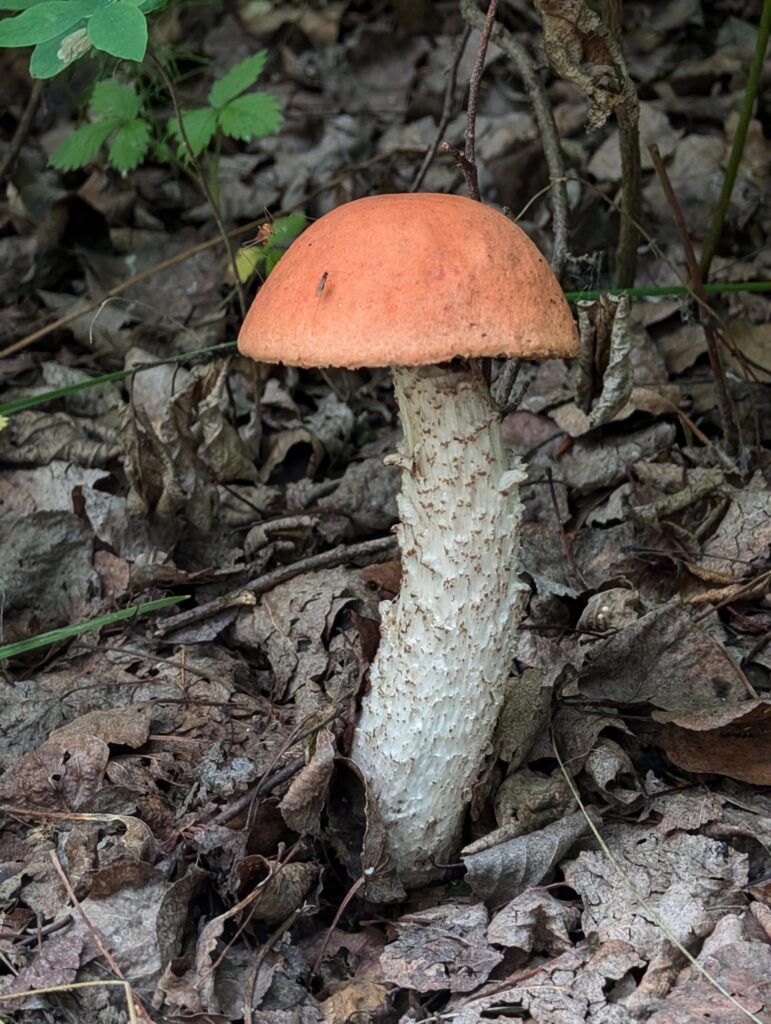
The Importance of Bison Conservation in Alberta
Protecting bison in Alberta is not just about preserving a magnificent animal; it’s about safeguarding the health and integrity of our ecosystems. The ongoing efforts to conserve and restore both plains and wood bison populations are vital for maintaining the ecological balance of Alberta’s landscapes. By recognizing the critical role bison play in shaping our environment, we can work towards ensuring their continued presence and the health of Alberta’s wild spaces. You can support conservation efforts by educating the people around you and tell them how crucial Alberta’s bison are!
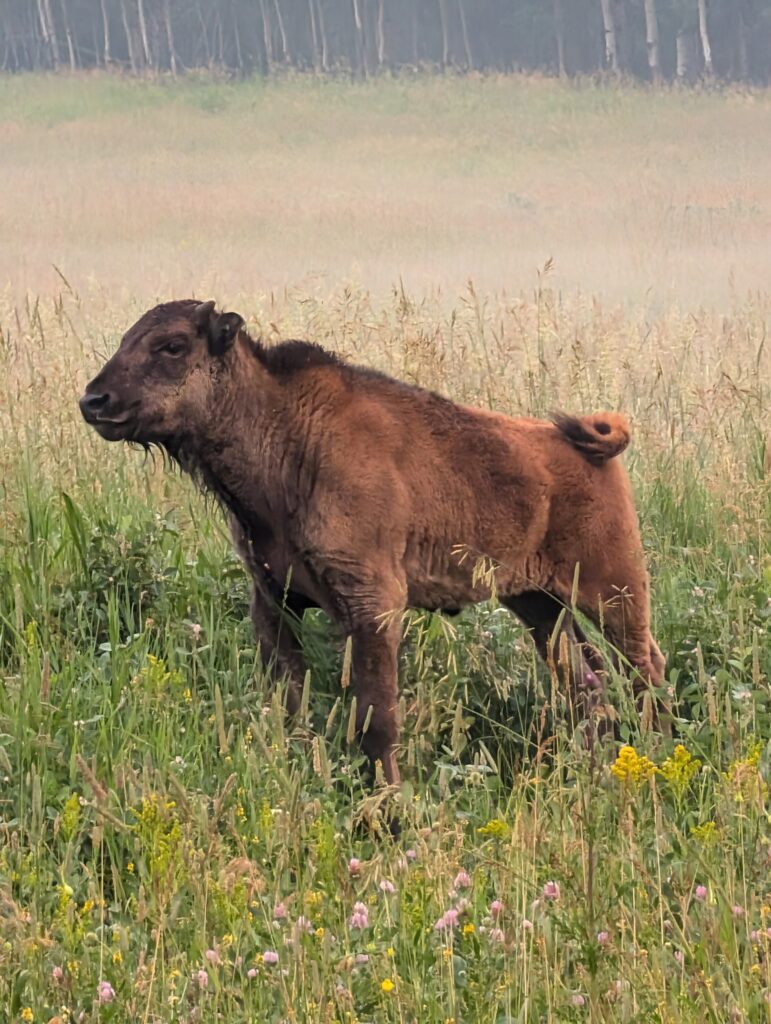
References
- Brown, Michael. “Putting bison back where they belong heals land and people. say U of A undergrad researchers.” University of Alberta, February17, 2021. https://www.ualberta.ca/en/folio/2021/02/putting-bison-back-where-they-belong-heals-land-and-people-say-u-of-a-undergrad-researchers.html.
- “Bison Bellows: A Healthy Prairie Relies on Bison Poop”. United States National Parks Service. November 1, 2021. https://www.nps.gov/articles/bison-bellows-10-6-16.htm.
- Bernier, London. “Beholding bison: A day in Yellowstone.” The Greater Yellowstone Coalition. June 22, 2023. https://greateryellowstone.org/blog/2023/spring-bison.
- Carroll, Allyson. “Wallowing: More than scratching an itch for plains bison. Nature Conservancy Canada. November 6, 2021. https://www.natureconservancy.ca/en/blog/archive/wallowing-more-than.html.
- Ratajczak et. al. “Reintroducing bison results in long-running and resilient increases in grassland diversity”. PNAS. https://pmc.ncbi.nlm.nih.gov/articles/PMC9457053/.
- Parks Canada. “Over a century of bison conservation in Elk Island National Park.” November 29, 2022. https://parks.canada.ca/pn-np/ab/elkisland/nature/eep-sar
